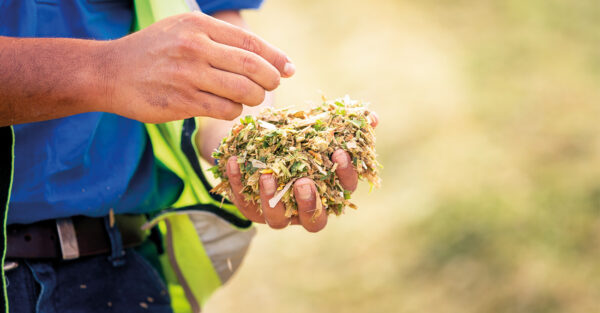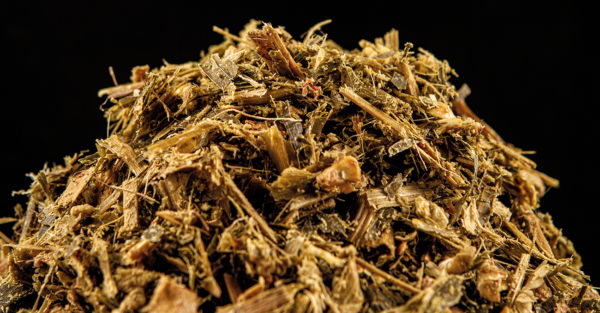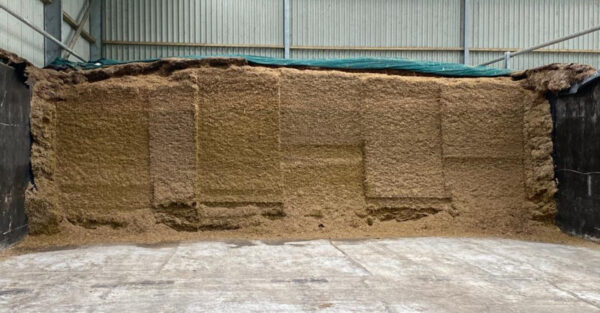Blog | Reading Time 2 minutes
The discovery that led to the next generation of forage inoculants
New technologies improved our understanding of the modes of action of forage inoculants and powered the search for new bacteria strains to better address producers’ challenges. Discover how a new bacteria strain was selected for its exceptional ability to improve aerobic stability in most forages: Lactobacillus hilgardii CNCM I-4785.
Why look for a new strain?
Since it launched, the strain Lactobacillus buchneri NCIMB 40788 successfully improved silage aerobic stability 1 in a wide range of forages and under many challenging conditions. However, to produce optimum results, this strain requires 60 days fermentation. Researchers at Lallemand believed they could provide additional benefits to producers if they combined L. buchneri NCIMB 40788 with a complementary bacteria strain. Ideally, the strain would aid L. buchneri in improving aerobic stability both earlier and later in the fermentation cycle.
Bacteria screening: finding the one in a million!
Scientists from the Federal University of Lavras — in the largest milk-producing state of Brazil — reported a naturally stable sugar cane silage. They conducted microbial screenings looking for new potential inoculant bacteria strains in partnership with Lallemand Animal Nutrition. The screening resulted in 81 different strains. Each strain was tested for its ability to grow in industrial production; their fermentation characteristics; and their ability to preserve and improve aerobic stability in sugar cane silage.
After additional screening, 14 strains remained, which were thoroughly identified by DNA sequencing. Each strain was then evaluated for its ability to ferment, improve aerobic stability, reduce yeast and mold levels, and reduce dry matter (DM) losses in mini silos in both 61-day and 126-day experiments.
Following this functional screening, only two strains achieved the high standards of the research team (Figure 1).
Each of the two strains was then further tested with various forages, individually and in combination with L. buchneri NCIMB 40788. A meta-analysis of nine trials demonstrated that L. hilgardii CNCM I-4785 significantly improved aerobic stability after just 15 days fermentation and also significantly improved stability at both 30 and 100 days in combination with L. buchneri for a range of forages.
Commercial-scale trials were conducted in North America and Europe to ensure the performance of the two inoculants could be replicated outside of experimental silos.
This powerful combination made possible the formulation of a new generation of forage inoculants, which can deliver significant improvements to feedout stability both after just 15 days of fermentation and in long-term storage. It helps producers ensure top-quality forage and provide optimal flexibility in their forage management plan.
Published Jul 19, 2020 | Updated May 29, 2023
Related articles
Need specific information?
Talk to an expert



